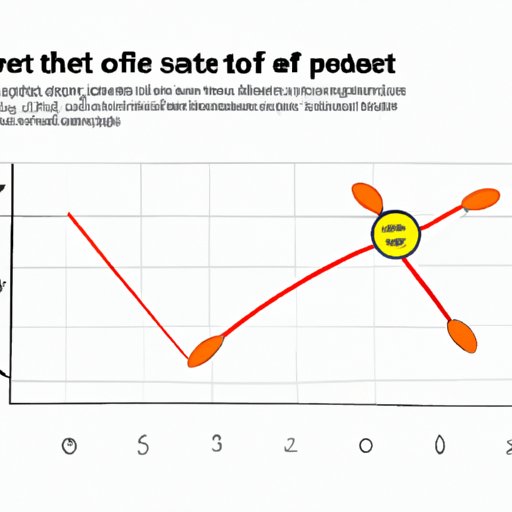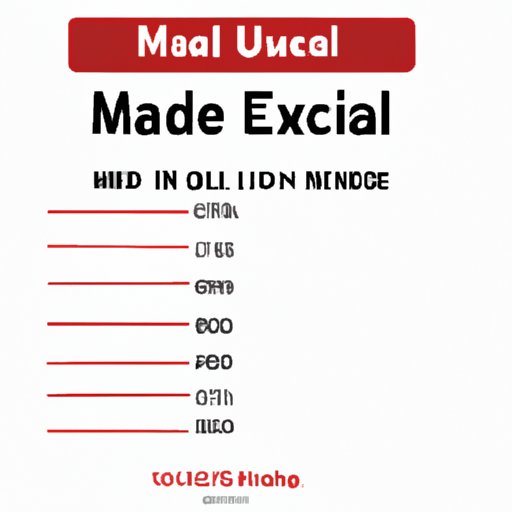I. Introduction
When it comes to buying a used car, one of the most important things to consider is the mileage. High mileage is often associated with increased wear and tear and potential costly repairs, while low mileage is seen as a sign of a well-maintained car. But how many miles should a used car have? This question can be answered based on several different factors. In this article, we will explore these factors and help guide you towards the ideal number of miles for a used car.
II. Mileage Matters: A Guide to Buying a Used Car with the Right Number of Miles
Mileage can be a significant factor when determining the condition of a used car. The more miles a car has, the more likely it has been driven on a regular basis. However, mileage is not the only factor to consider. Age, make/model, and usage are other crucial factors to take into account when determining the right number of miles on a used car. For instance, a Honda Civic that has been driven a lot might still be in better shape than a luxury car that has only been driven occasionally.

III. The Sweet Spot: Determining the Ideal Mileage Range for a Used Car
While there is no magic number of miles a used car should have, a general guideline is to look for cars with under 100,000 miles. Cars with under 50,000 miles are ideal but tend to be pricier. However, this range can vary significantly based on different factors such as make/model, age, and usage. For example, a Toyota Camry can offer reliable performance up to 200,000 miles, while some luxury cars may start to have problems at 75,000 miles.
IV. To Buy or Not to Buy: How Mileage Can Affect the Value of a Used Car
Low mileage cars can appear attractive because they have fewer miles and seem to have less wear and tear. But, just because a car has low mileage does not mean it is the best buy. Availability, make, model, age, condition, and usage all play a role in determining a car’s value. For example, an older car or one in need of significant repairs may not be worth the extra cost simply because the odometer reads a lower number.
V. Taking Mileage into Account: Tips for Choosing the Perfect Used Car
When using mileage to evaluate a car, it’s important to research the car’s history. Check the odometer reading from previous vehicle inspection records, accident reports. and dealership service reports to check for mileage discrepancies. Additionally, inspect the car’s general condition, inspect the car’s brakes, transmission, and engine wear and tear signs to determine if it has been well-maintained over time.
VI. High vs Low Mileage: Debunking the Myths about Buying Used Cars
One of the most common misconceptions is that low mileage cars are always better. In reality, if a car has spent most of its life in a garage or parked somewhere, the car may require additional repairs than one used regularly. It may also have mechanical issues a high-mileage car does not have. Instead of purely prioritizing lesser miles, analyze how the car has been driven to determine if a car has been well-maintained over time.
VII. The Mileage Conundrum: Factors to Consider When Purchasing a Used Car
Overall, mileage is an essential factor when buying a used car. However, it should not be the only factor to consider. Here are some factors to consider when purchasing a used car to help find the best choice:
- Age, make, and model
- Usage
- Condition
- Historical maintenance records
- Warranty options and gap insurance for significant repairs
VIII. Conclusion
When it comes to buying a used car, mileage is an essential factor to consider. However, you should also take into account the car’s age, make, and model, usage, and condition, as well as its maintenance history. Knowing the right mileage range to look for, as well as how to evaluate a car based on its other features, can help you make the best choice when purchasing a used car. Remember to consider all these factors carefully and make an informed decision for your next used car purchase.
